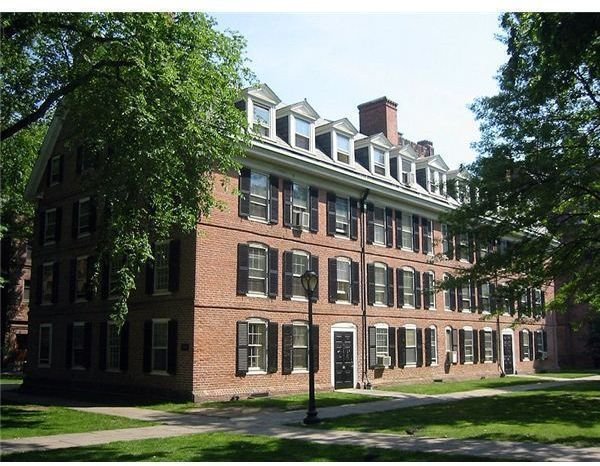
President Barack Obama said in a 2012 radio and internet address, “If we want America to lead in the 21st century, nothing is more important than giving everyone the best education possible — from the day they start preschool to the day they start their career.”
His reasoning is valid, for education brings power. Knowledge has long been the key for individuals to achieve their dreams and aspirations. From preschool to high school, students expand their knowledge and fortify their goals through education. However, the learning journey does not end with high school graduation — college is also a significant phase of learning. For many, however, it has become something unreachable and unattainable.
In a society where college tuition is rapidly increasing, a number of students are barred from college education by fiscal burdens. An article in The Sacramento Bee written by Loretta Kalb shows that the number of California residents applying for federal financial aid has increased by nearly 74 percent in only six years according to the US Department of Education. According to an online college advisor network, College Data, the total college tuition for an in-state public college during the 2013–2014 academic school year averaged to $22,826. A moderate tuition for a private college averaged $44,750.
Inevitably, these tuition can serve as major financial hurdles for some families. However, even though financial matters are very important in attaining a college education, there are still ways for fiscally-challenged students to pursue their college dreams.
Many colleges around the nation offer scholarships to economically-impaired students who have demonstrated promising potential and have excelled in their studies, which can come in the form of financial aid, grants, scholarships or loans.
According to an education report drafted by The Sacramento Bee, to receive the financial aid, eligible students can file the Free Application for Federal Student Aid. The FAFSA collects data on family income and assets to help colleges determine how much aid students qualify for. In 2013, UC Davis created its own Aggie Grant Plan to undergraduates with family income between $80,000 and $120,000. Starting last year, UC Berkeley also provided financial aid to families earning less than $140,000.
In addition, according to Bloomberg Business Week there are also multiple opportunities for students to attend tuition-free colleges — also known as full-scholarship colleges. These are institutions that guarantee to cover the entire student-body’s tuition. There are only a handful of such schools in the U.S., which is one reason they are often overlooked by students, parents and high school guidance counselors during the college search. These include Deep Springs Institute, F.W. Olin College and several others.
-
List of Tuition Free Colleges
- Deep Springs Institute in the remote California Desert
- F.W. Olin College of Engineering in Needham, Massachusetts
- Curtis Institute of Music in Pennsylvania
- College of the Ozarks
- Berea College in Kentucky
- U.S. Military Academy in West Point, N.Y.
[arrow_list]
[/arrow_list]
Although many people are pressured by financial challenges, they should be aware that there are resources available for them to continue pursuing their college dreams. Losing hope and motivation is not going to help.
A junior girl, who prefers to remain anonymous, has been in one of these situations. As the second youngest child in a family of seven children, she watched as one by one, her older brothers and sisters left for college, taking with them a large portion of the family’s rapidly depleting savings. After long days of deliberation, her parents decided reluctantly that they had no other option but to have her go to community college, as they simply do not possess the money needed to supply for a typical four-year college undergraduate education. This came as a nightmare for her, as she had always dreamed of attending one of the Universities of California. Despondent, she lost the hope and motivation to continue working hard at school.
Inevitably, it is easy to become despaired when thinking of the imminent reality of college expenses. But at the same time, with all the forms of financial aid and tuition-free institutions, students may continue to work toward their college aspirations in spite of financial difficulties. There are ways for everyone to work around their economic challenges, one way or another.
A correction was made on March 11 at 7:40 p.m. The article about increase in California students seeking college financial aid, by Loretta Kalb, appeared in the Sacramento Bee.








